A round-up of the best works of art that have recently entered public collections
Museum of the Jewish People, Tel Aviv
The Codex Sassoon (c. 900)
This 1,100-year-old Hebrew Bible was sold at auction at Sotheby’s New York to the American Friends of ANU and donated to the Museum of the Jewish People (ANU) in Tel Aviv. Known as the Codex Sassoon – after the bibliophile David Solomon Sassoon, who acquired it in 1929 – it is believed to be the oldest and most complete Hebrew bible in existence, containing all 24 books and missing only 12 leaves of the text. It is particularly significant for the annotations that run throughout the text known as the Masorah – a strand of scholarly biblical commentary and interpretation that was key in transmitting a standardised version of the biblical text.

Codex Sassoon (c. 900). Courtesy Sotheby’s
Art Institute of Chicago
Dutch mannerist prints from the collections of Charles Hack
More than 1,440 Dutch mannerist prints have been purchased by the Art Institute of Chicago from the collector Charles Hack, and from the Hearn Family Foundation which Hack manages. The collection charts the history of Dutch printmaking from the 1530s to around 1650, a period of exceptional technical achievement in this field. Among the highlights is Hendrick Goltzius’s Phaeton from The Four Disgracers (1588), with its elongated and distorted figures typical of mannerism; the collection also includes works by Goltzius’s pupils such as Jacob Matham and Jacques de Gheyn. A selection of the prints will go on show at the museum in November.
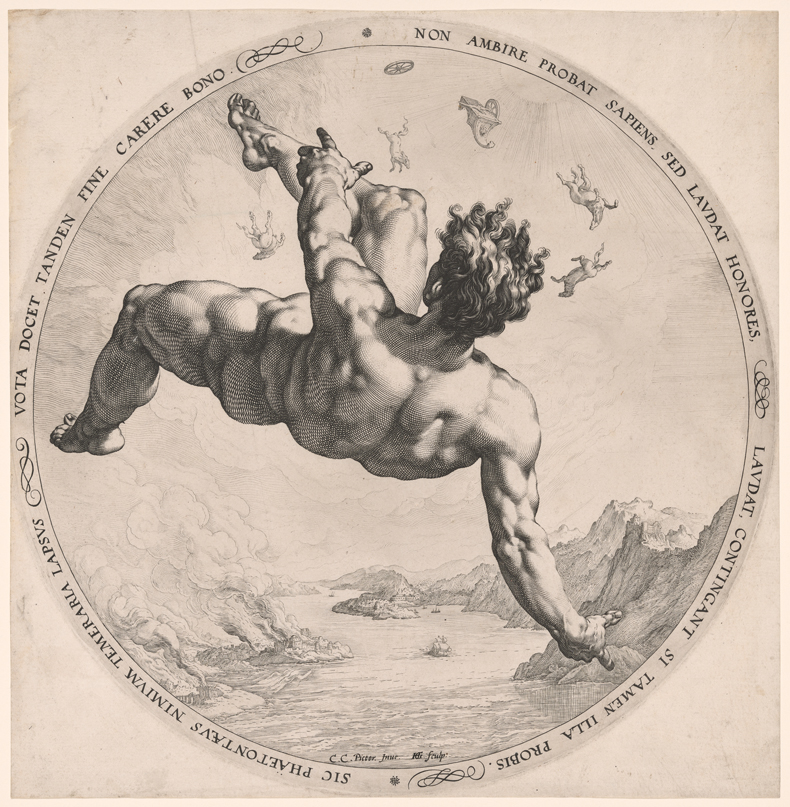
Phaeton from The Four Disgraces (1588), Hendrick Goltzius. Art Institute of Chicago
National Museum of Asian Art, Smithsonian Institution, Washington, D.C.
Japanese lacquerware from the collection of Jacqueline Avant
An impressive collection of Japanese lacquerware has been donated to the Smithsonian’s National Museum of Asian Art in Washington, D.C., from the collection of the late American philanthropist Jacqueline Avant. Spanning the 18th and 20th centuries, the collection traces the evolution of the traditional decorative technique, which involves mixing powdered silver or gold with resin to achieve a range of brilliant textures and finishes. Highlights include the late 18th-century suzuribako (writing box) pictured below, which is designed in the shape of a plum blossom.
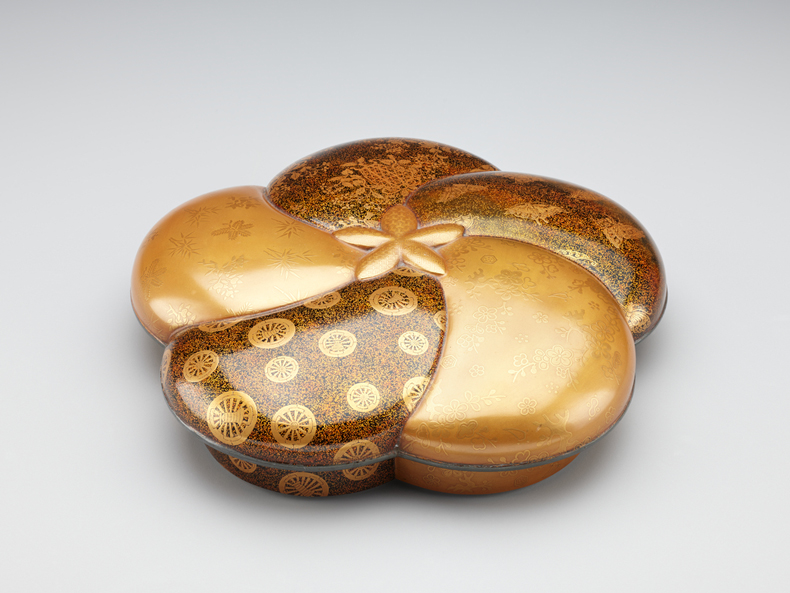
Suzuribako (writing box) (late 18th century), Japan. National Museum of Asian Art, Smithsonian Insitution, Washington, D.C.
National Gallery of Ireland, Dublin
La Vie des Champs (1877), Paul Cézanne
La Vie des Champs was completed in 1877, the year Cézanne pledged not to show his work with the Impressionists again. As such, it marks a pivotal moment in the artist’s career and is an important early example of how he came to develop his signature late style. The painting is the first by the artist to be acquired by the National Gallery of Ireland and represents a major addition to their current holdings of late 19th-century European art.
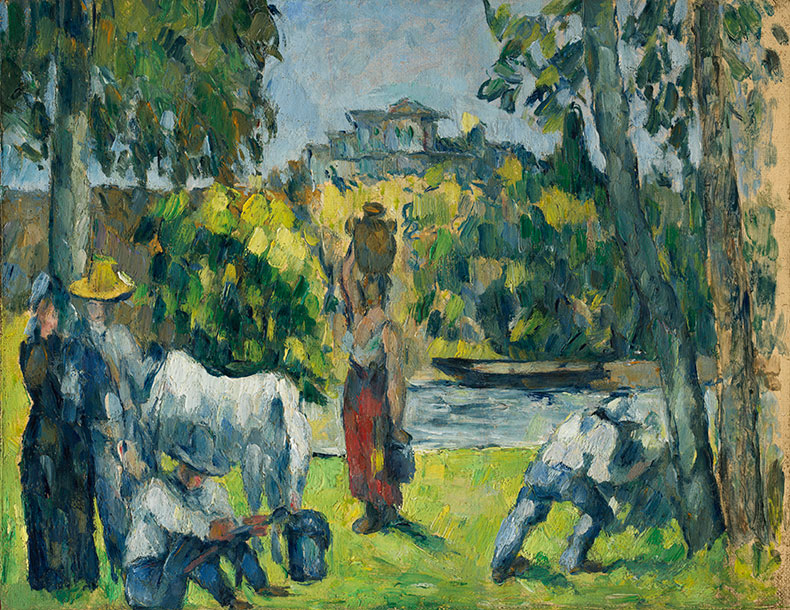
La Vie des Champs (1877), Paul Cézanne. The National Gallery of Ireland.
Yale University Art Gallery, New Haven
Italian drawings and watercolours from the collection of Roberta J.M. Olson and Alexander Johnson
The 18th and 19th centuries in Italy were characterised by political and social upheaval, from Napoleon’s invasion in 1796 to the rise of nationalism and the eventual unification of the country in 1870. This significant donation from the Roberta J.M. Olson and Alexander Johnson Collection, includes more than 190 works from the period and reveals the role played by Italian artists during the Risorgimento.

Carnevale a Roma (1817), Bartolomeo Pinelli. Yale University Art Gallery, New Haven
Petit Palais, Paris
Portrait of Henry Marcel (1890), Albert Edelfelt
Albert Edelfelt’s Portrait of Henry Marcel (1890), depicting the former general administrator of the Bibliothèque nationale de France, is the first work by the Finnish artist to enter the collections at the Petit Palais in Paris. Perhaps better-known for his plein-air paintings and landscapes, the artist turned to portraiture after he was awarded the Légion d’Honneur for his portrait of the chemist Louis Pasteur in 1886.
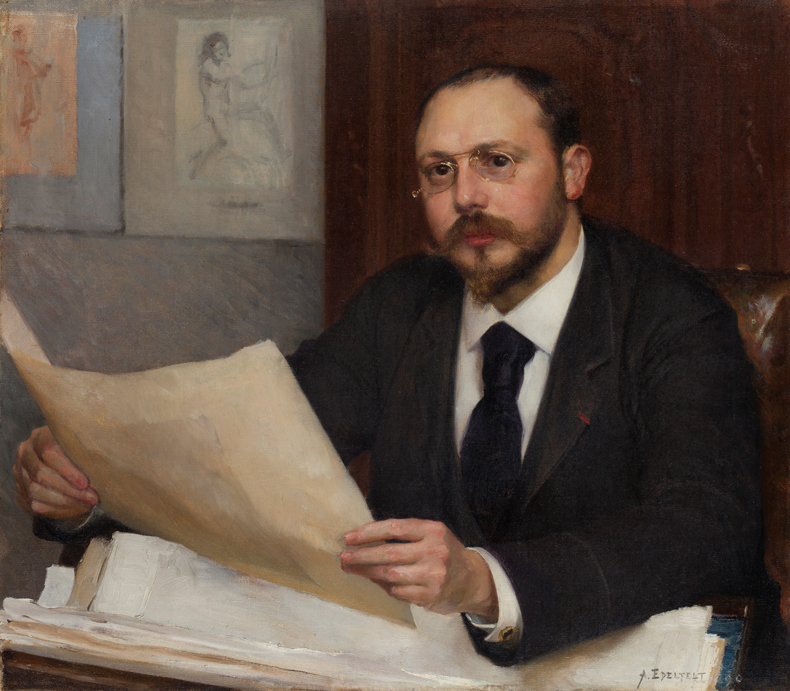
Portrait of Henry Marcel (1890), Albert Edelfet. Photo: © Petit Palais, Paris
Unlimited access from just $16 every 3 months
Subscribe to get unlimited and exclusive access to the top art stories, interviews and exhibition reviews.

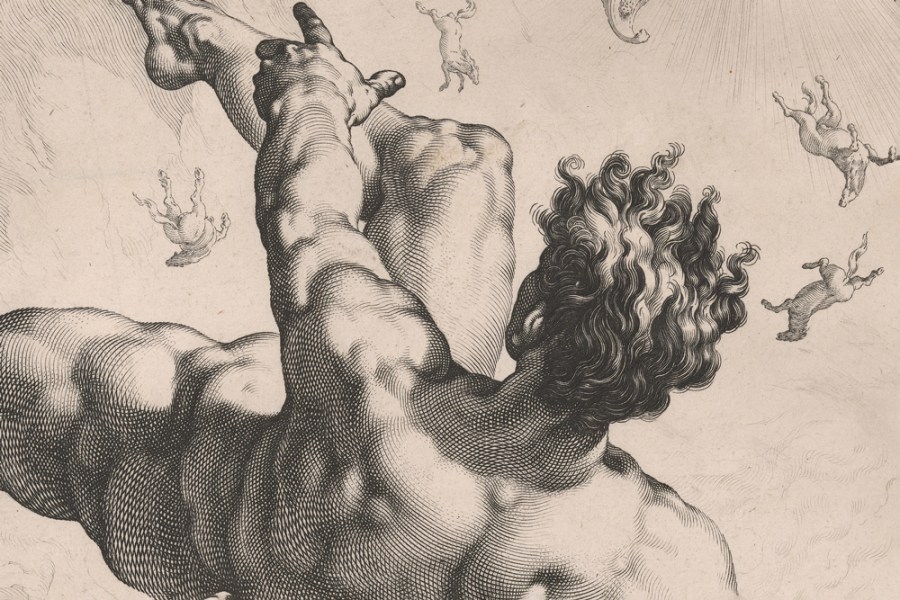
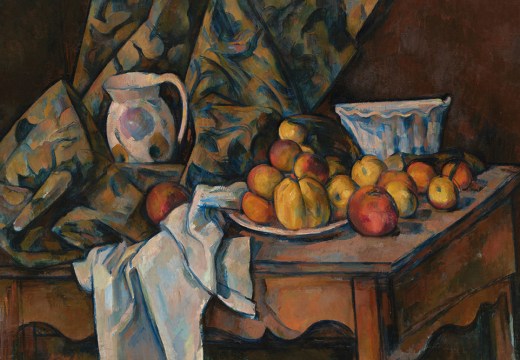
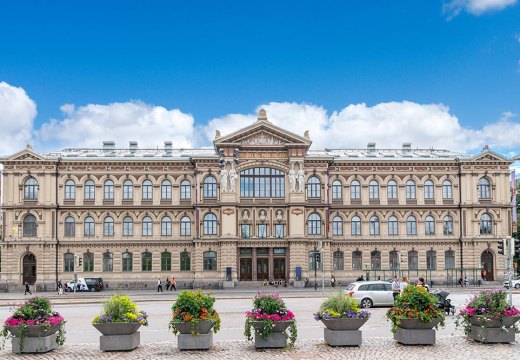
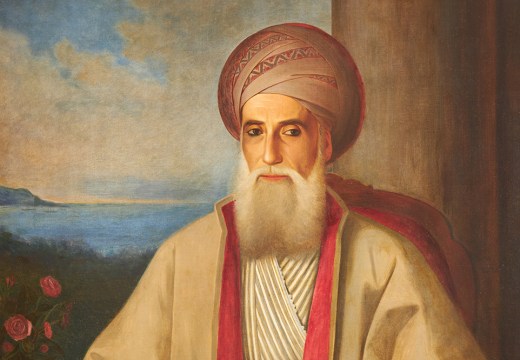









![Masterpiece [Re]discovery 2022. Photo: Ben Fisher Photography, courtesy of Masterpiece London](http://www.apollo-magazine.com/wp-content/uploads/2022/07/MPL2022_4263.jpg)
It’s time for the government of London to return to its rightful home